What Is Medication Safety?
Medication safety isn’t just about taking your pills correctly. It’s the entire system designed to keep you from being harmed by the very drugs meant to help you. The National Patient Safety Foundation defines it as freedom from accidental injury due to medical care or errors during the medication-use process. That means every step-from when a doctor writes a prescription, to when you swallow the pill at home-needs to be safe.
Medication errors aren’t rare. They happen more often than most people realize. The CDC reports that over 1.5 million emergency room visits each year in the U.S. are caused by adverse drug events (ADEs). These aren’t just side effects-they’re preventable mistakes. A patient gets the wrong dose. A drug interacts badly with another. A label is misread. A nurse administers the wrong medicine because they were distracted. These aren’t accidents in the sense of bad luck. They’re system failures.
The medication-use process has nine key steps: procurement, storage, prescribing, transcribing, preparing, dispensing, administration, documentation, and monitoring. At each step, something can go wrong. Prescribing errors make up 38% of all mistakes. Administration errors? Another 26%. And those aren’t just hospital problems-they happen in clinics, pharmacies, and homes too.
Why Medication Safety Matters for Every Patient
You might think, ‘I’m not in the hospital. I just take my blood pressure pill.’ But medication safety isn’t just for sick people in white coats. It’s for anyone who takes a drug-even over-the-counter ones.
Consider this: 50-70% of all healthcare encounters involve medication. That’s almost every doctor’s visit, every refill, every emergency trip. If safety breaks down anywhere in that chain, you’re at risk. And the consequences aren’t theoretical. In hospitals alone, 400,000 preventable injuries happen every year because of medication errors. That’s more than car accidents or falls. And it costs the system $42 billion annually.
But it’s not just about hospitals. At home, people skip doses because they can’t afford meds. They take extra pills because they’re still in pain. They mix old prescriptions with new ones without telling their doctor. The National Council on Aging found that 42% of adults over 65 do this. That’s not noncompliance-it’s a safety gap. People aren’t being given the tools or support to manage their meds safely.
Children and older adults are especially vulnerable. Kids account for 20% of all ADEs. Older adults make up half of all medication-related hospitalizations. Why? Because their bodies process drugs differently. They often take five or more medications at once. And small mistakes-like confusing 1 mg with 10 mg-can be deadly.
High-Risk Medications You Need to Know
Not all drugs are created equal when it comes to danger. Some are so risky that they’re called ‘high-alert medications.’ Get these wrong, and the consequences can be immediate and severe.
- Insulin-responsible for 17% of serious medication errors. Too much can drop blood sugar to dangerous levels. Too little? Uncontrolled diabetes.
- Opioids-14% of serious errors. Even small overdoses can stop breathing.
- Anticoagulants (like warfarin or Eliquis)-12% of errors. Wrong doses can cause bleeding or clots.
- Intravenous oxytocin-used in labor, but a tiny mistake can lead to uterine rupture or fetal distress.
These aren’t ‘rare’ drugs. Millions of people use them. That’s why safety systems like barcode scanning, double-checks, and electronic alerts exist. But even these tools fail if the system around them is broken.

How Technology Helps-And Hurts
Technology has changed medication safety in big ways. Electronic health records (EHRs) with decision support tools have cut serious errors by 48%. Barcode systems that scan your wristband and your pill before administration? They’ve reduced administration mistakes by 65% in hospitals.
But there’s a catch. Too many alerts can make things worse. When a system gives more than 25 alerts per patient encounter, doctors and nurses start ignoring them. That’s called ‘alert fatigue.’ It’s like crying wolf-until the real danger comes, and no one listens.
Another issue? Cost. Setting up a full safety system in a 100-bed hospital can cost $250,000. Many smaller clinics can’t afford it. So while big hospitals get safer, the gaps grow elsewhere.
And now there’s telehealth. In 2022-2023, telehealth medication errors jumped 300%. Why? No physical exam. No visual check of the patient. No pharmacist on hand to ask, ‘Wait, are you sure you’re taking this with grapefruit juice?’
What Patients Can Do-Right Now
You don’t have to wait for hospitals to fix everything. You have power too.
Keep a current list of everything you take. Not just prescriptions. Include vitamins, supplements, and over-the-counter drugs. Include dosages and why you take them. The CDC says patients who do this reduce medication errors by 45% during hospital transitions.
Ask questions. When a new drug is prescribed, ask: ‘What is this for?’ ‘What are the side effects?’ ‘Could it interact with anything else I’m taking?’ Don’t be shy. If you don’t understand, say so.
Use pill organizers or blister packs. AARP found patients using these had 60% better adherence. That means fewer missed doses, fewer complications.
Don’t change your dose without talking to your provider. If a pill is too expensive, or you feel worse on it, call your doctor. Don’t skip doses or double up. That’s how people end up in the ER.
Bring your list to every appointment. Even if you think your doctor ‘knows your history.’ Medication reconciliation-checking your list against what’s in your chart-is one of the most effective safety steps. But it only works if you show up with the right info.
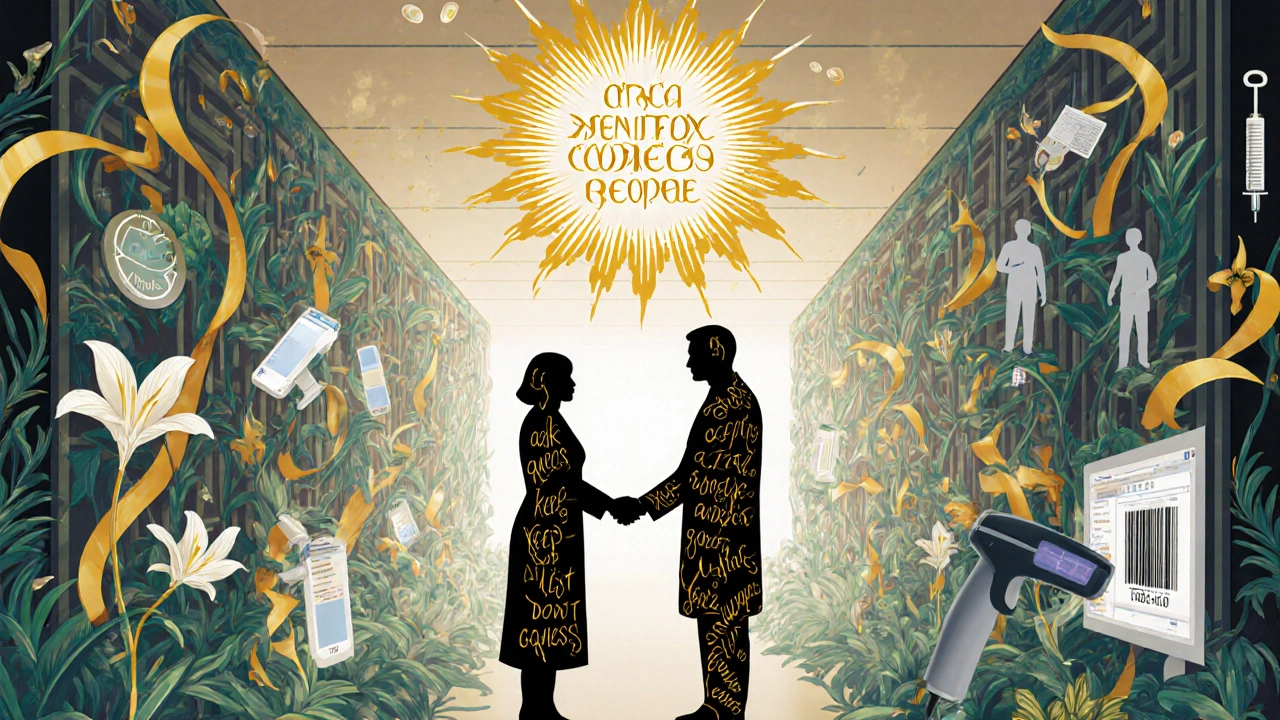
The Bigger Picture: Culture, Cost, and Change
Medication safety isn’t just about tools or rules. It’s about culture. For decades, when a mistake happened, someone got blamed. A nurse. A pharmacist. A doctor. But research shows that 65% of errors come from flawed systems-not bad people.
The Institute for Healthcare Improvement found that only 35% of hospitals have non-punitive reporting systems. That means most errors go unreported because staff fear punishment. If you don’t know what went wrong, you can’t fix it.
That’s changing. The World Health Organization’s ‘Medication Without Harm’ campaign has helped countries cut severe harm by 15-25% in just two years. The FDA now requires standardized numeric dosing on labels-no more ‘.5 mg’ that could be read as ‘5 mg.’ Pilot programs saw a 32% drop in decimal errors.
And the ROI? Every dollar spent on medication safety saves $4.20 in avoided hospitalizations, lawsuits, and extended care. That’s not just ethical-it’s smart business.
What’s Next for Medication Safety
The future is here, but unevenly distributed. AI systems are now being tested to predict which patients are at risk for ADEs by analyzing their EHR data. Early pilots show a 40% drop in potential errors before they happen.
Blockchain is being used in Europe to track drug supply chains and cut down on fake pills. In trials, counterfeit medication incidents dropped by 65%.
But the biggest challenge? Personalized medicine. As treatments get more tailored-based on genes, weight, liver function-the number of possible drug combinations explodes. Polypharmacy (taking five or more drugs) is up 25% in recent years. That means more chances for interactions, more complexity, more risk.
One thing is clear: medication safety is no longer optional. It’s a core part of quality care. Whether you’re a patient, a caregiver, or a provider, your actions matter. Because in the end, safety doesn’t come from a machine. It comes from people paying attention.
What is the most common cause of medication errors?
The most common cause is prescribing errors, accounting for 38% of all medication mistakes. These often happen because of unclear handwriting, wrong dosages, or failing to check for drug interactions. But administration errors (26%) and dispensing errors (16%) are also major contributors. Many errors stem from system issues-not individual negligence.
Can I really prevent medication errors at home?
Yes. Keeping an up-to-date list of all your medications-including supplements and OTC drugs-and bringing it to every appointment cuts errors by 45%. Using pill organizers, asking your pharmacist to explain each drug, and never changing doses without talking to your doctor are simple steps that save lives.
Why are older adults more at risk for medication errors?
Older adults often take multiple medications for chronic conditions, which increases the chance of interactions. Their bodies process drugs differently, so standard doses can be too strong. They’re also more likely to skip doses due to cost or confusion, or accidentally double up. These factors make them 50% of all medication-related hospitalizations.
What are high-alert medications?
High-alert medications are drugs that carry a higher risk of serious harm if misused. Common examples include insulin, opioids, anticoagulants, and IV oxytocin. Even small mistakes with these can lead to death or permanent injury. Hospitals use extra safeguards like double-checks and barcode scanning for these drugs.
Do electronic health records make medication safety better?
Yes, when used well. EHRs with clinical decision support can reduce serious medication errors by 48%. They flag potential drug interactions, wrong doses, and allergies. But too many alerts can cause ‘alert fatigue,’ where providers start ignoring warnings. The key is smart design-not just more technology.
How can I tell if my pharmacy is safe?
Look for signs of good practice: pharmacists who ask questions, clear labeling with large print and standard dosing, and willingness to explain your meds. Ask if they use barcode scanning or automated dispensing. If they seem rushed or dismissive, consider switching. Your safety is worth the extra effort.

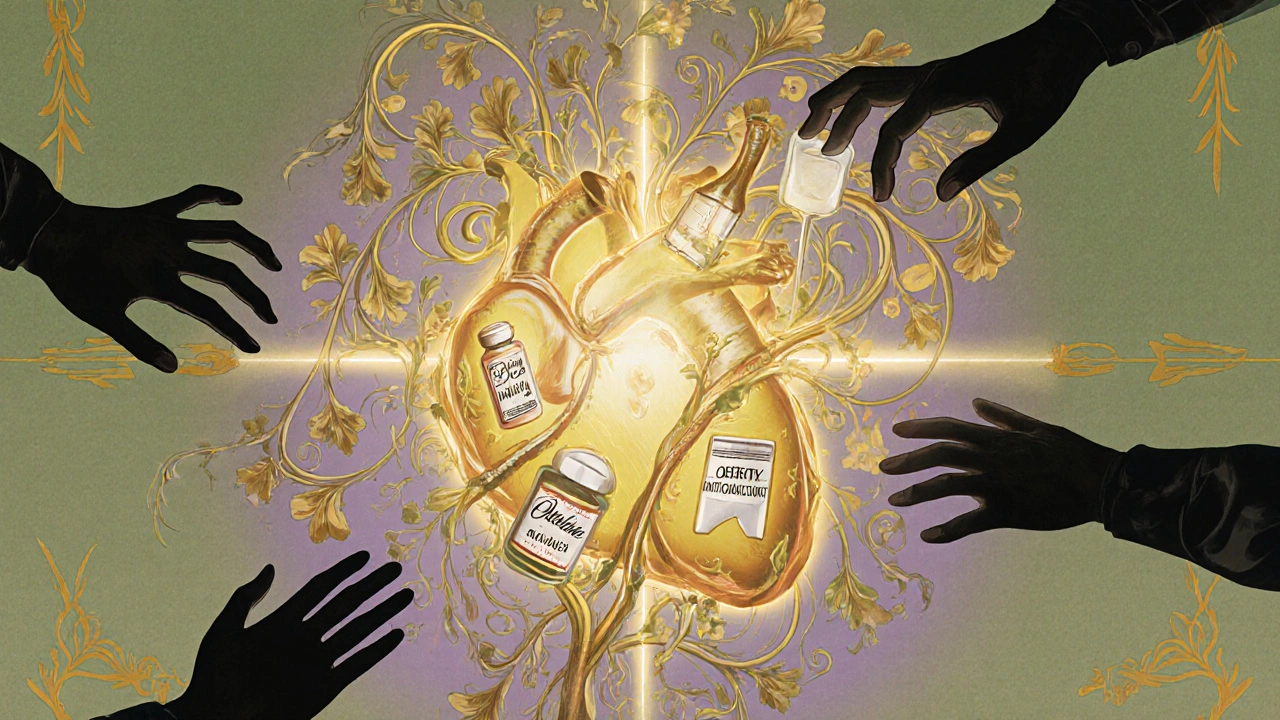

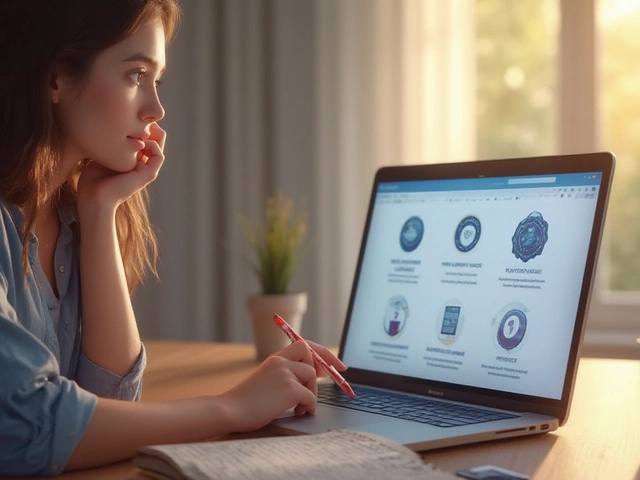
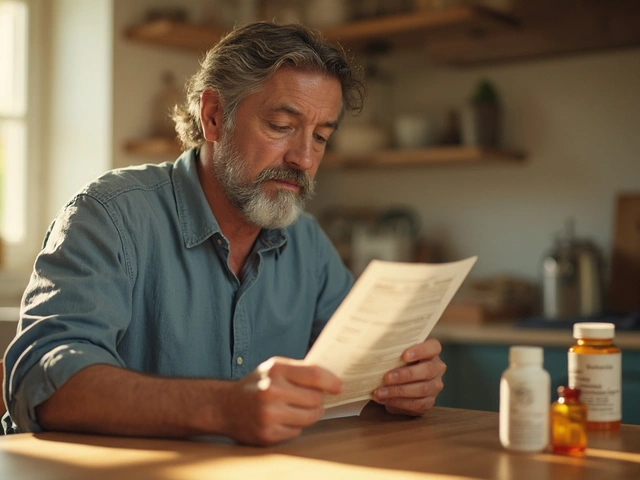
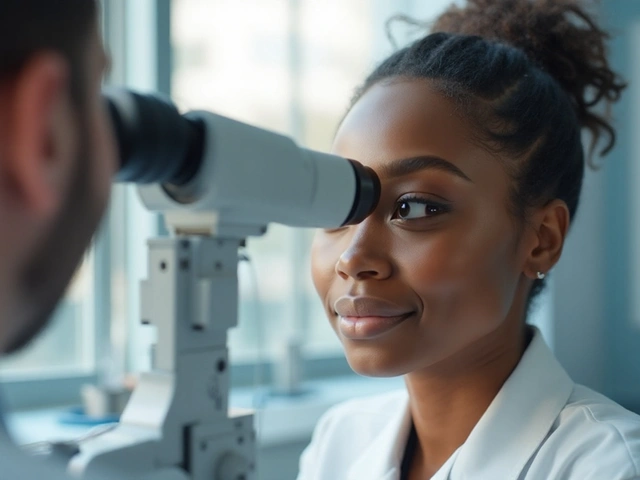

Manish Pandya
November 24, 2025 AT 19:08Emma Hanna
November 26, 2025 AT 06:19Mariam Kamish
November 27, 2025 AT 21:42Patrick Goodall
November 28, 2025 AT 21:31Kaylee Crosby
November 29, 2025 AT 04:20Adesokan Ayodeji
November 29, 2025 AT 13:12Karen Ryan
November 30, 2025 AT 19:38Terry Bell
December 1, 2025 AT 14:21Lawrence Zawahri
December 1, 2025 AT 16:30Benjamin Gundermann
December 3, 2025 AT 13:07Rachelle Baxter
December 4, 2025 AT 19:01Dirk Bradley
December 5, 2025 AT 13:11katia dagenais
December 6, 2025 AT 01:21